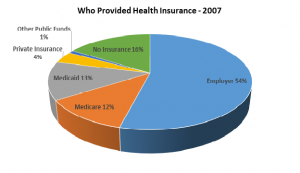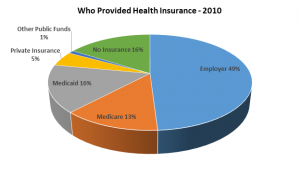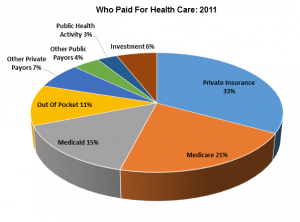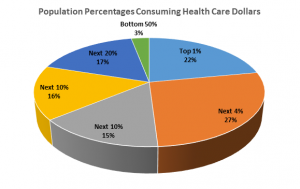“New Rule: the Republicans have to stop saying that if the Obamacare website doesn’t work that must mean Obamacare itself doesn’t work. That is like saying the ice cream’s no good because you can’t find a spoon. And the ice cream is good! That’s why you can’t find any spoons; they’re all in the dishwasher.”
Bill Maher – November 15, 2013
Conservatives and the media are gleefully focusing on the Health Insurance Marketplace’s rocky rollout while ignoring the rest of the Affordable Care Act’s provisions. They’re also hypocrites for condemning the $70 million “wasted” on the Marketplace’s computer system, which is only 3% of the $24 BILLION Congressional Republicans wasted by shutting down the government for 16 days.
I edited the Health and Human Services’ overview, Key Features of the Affordable Care Act by Year , for easier reading. Here’s what we will give up if “Obamacare” is repealed.
2010
- Insurers can’t deny coverage for children under 19 because of pre-existing conditions
- Insurers can’t rescind coverage because of a “technical mistake” on an application.
- Lifetime coverage limits have been eliminated.
- Annual coverage limits have been restricted.
- Provided for an external review mechanism for denied claims.
- Provided a one-time, tax-free $250 rebate check to seniors in the Medicare D “donut hole.”
- New health plans have to provide preventive care services without charging a deductible, co-pay or coinsurance,
- Gave a tax credit for up to 35% of the premium costs for small employers and up to 25% for small non-profits.
- Allocated more money and staff to combat fraud and waste in Medicare, Medicaid and CHIP.
- Awarded grants for the state insurance navigators program (October 2010).
- People with pre-existing conditions who were uninsured for >6 months got access to state or DHHS insurance coverage.
- Allowed adult children to stay on their parents’ insurance until they turned 26.
- Created a $5 billion dollar program to continue employee coverage for early retirees.
- Created incentives to increase the number of primary care physicians, nurses and physician assistants.
- Allocated $250 million in grants to states plans to require insurance companies in the individual and small business markets to justify rate hikes of >10%.
- Banned companies with excessive or unjustified rate hikes from participating in the new exchanges in 2014.
- Provided federal funds for states expanding Medicaid coverage.
- Increased payments to rural health care providers.
- Allocated funds to support construction and expansion of community health centers.
2011
- Provided 50% discount on brand-name drugs for seniors reaching the “donut hole”
- Provides additional savings on brand-name and generic drugs through 2020 when the “donut hole” will close.
- Provided for certain free preventive services for seniors on Medicare.
- Created Center for Medicare and Medicaid Innovation to test new care delivery models, improve care quality and slow the rate of growth of health care costs.
- Established the Community Care Transitions Program to coordinate care for high-risk Medicare patients after hospital discharge.
- Established the Independent Payment Advisory Board to recommend ways to target waste, reduce costs, improve health outcomes, expand care access and extend the life of the Medicare Trust Fund.
- Allowed states to offer home and community based services to disabled individuals through Medicaid rather than institutional care in nursing homes through the Community First Choice Option.
- Required insurers for large employers to spend at least 85% and individual and small employer plans to spend at least 80% of all premium dollars on health care services and health care quality improvement and provide rebates if profits or administrative costs are too high.
- Gradually eliminates overpayment to Medicare Advantage plan insurers; will give bonuses to Medicaid Advantage plans providing “high-quality care.”
Part 2 will look at 2012-present.








